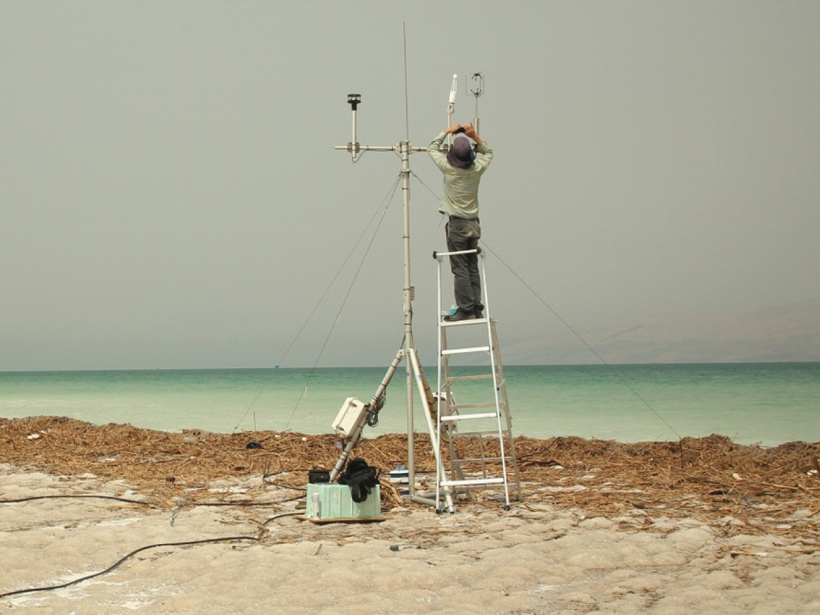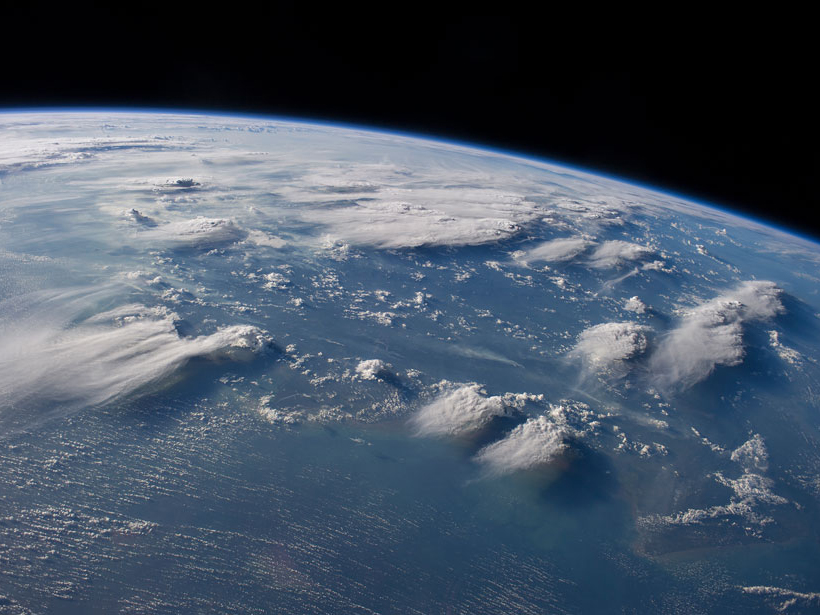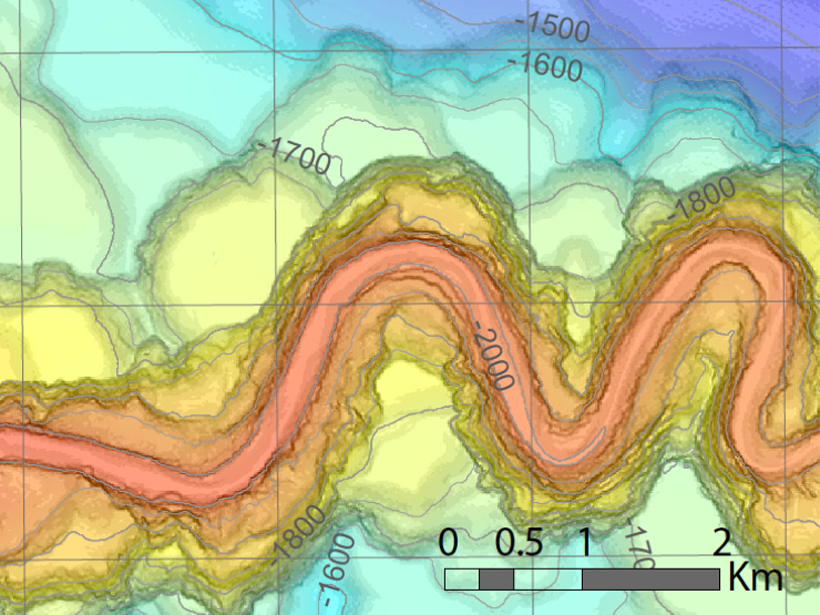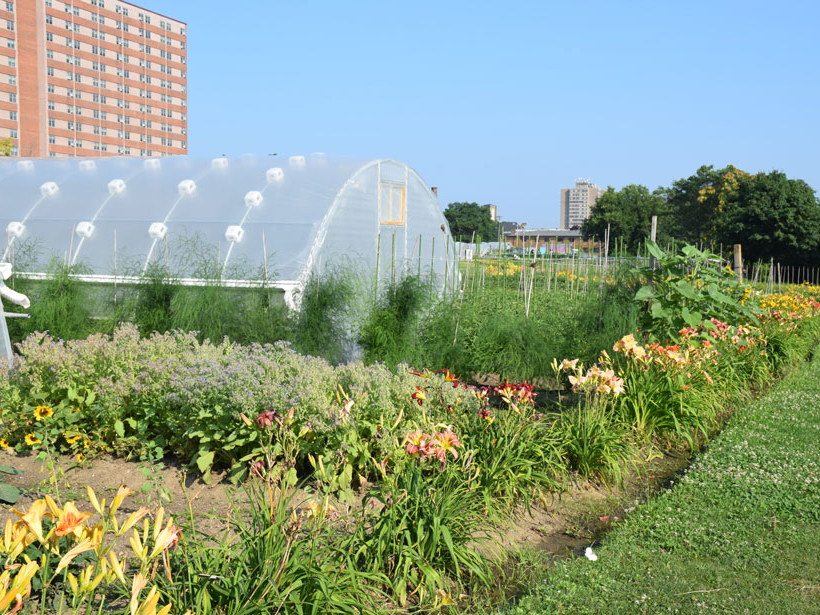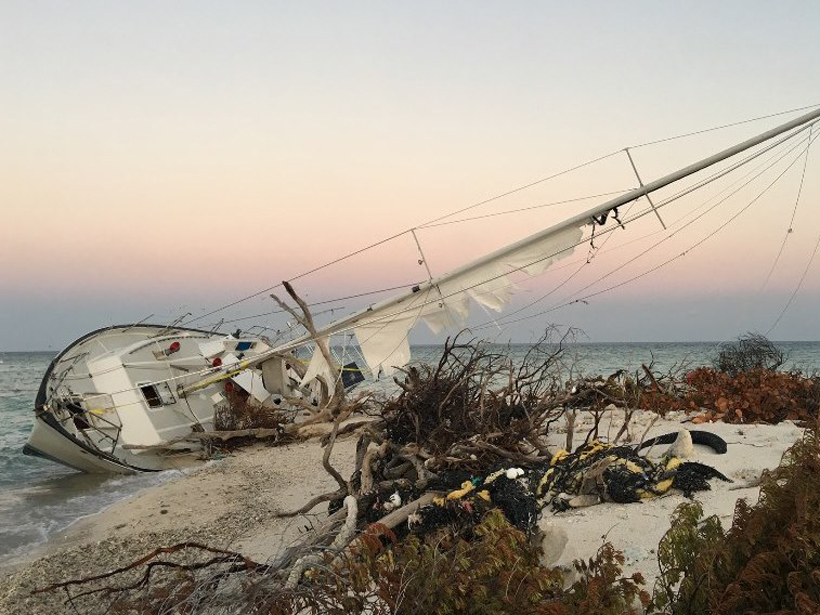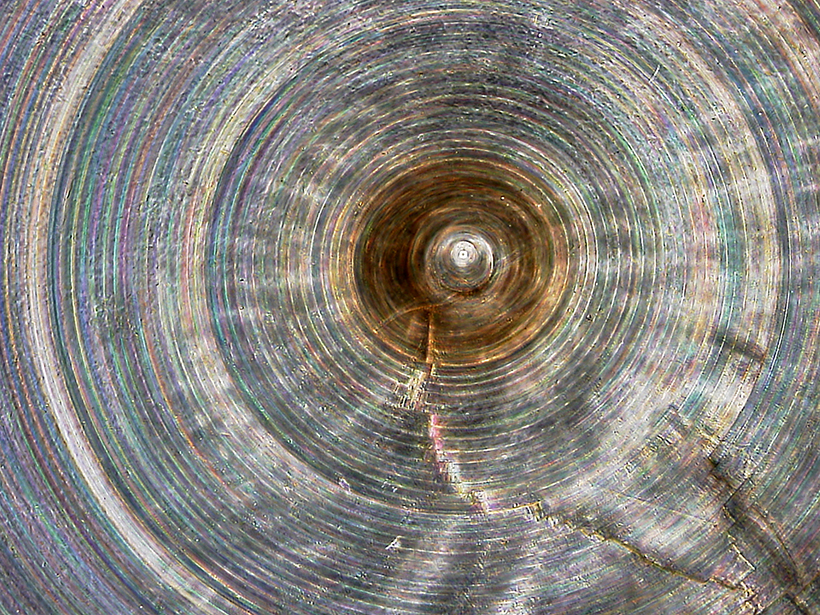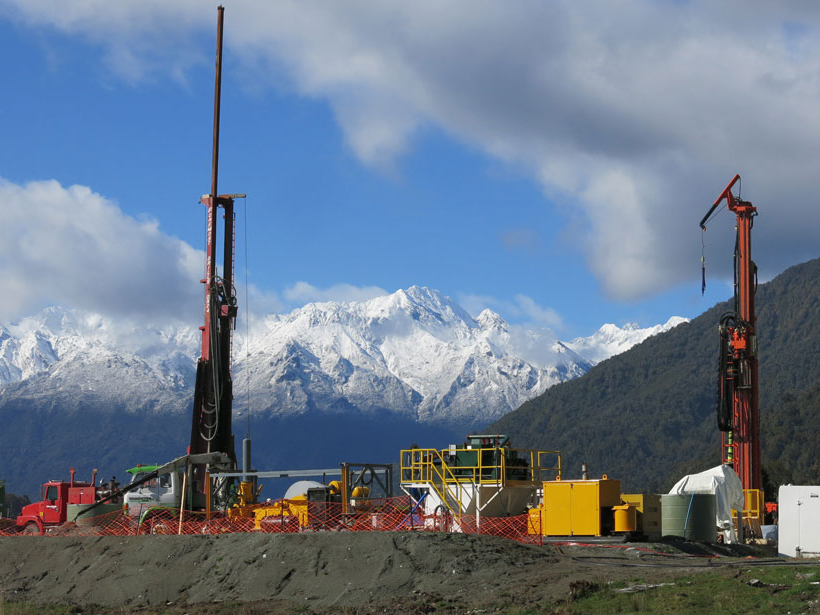Scientists study the impacts of sunlight and wind on evaporation at one of Earth’s most unusual lakes.
Research Spotlights
Research spotlights are plain-language summaries of recent articles published in AGU’s suite of 24 journals.
Modeling Storm Evolution
A “moist shell” makes all the difference in how some storms evolve.
How Do Deep-Sea Gravity Currents Transport Sediment So Far?
The first field measurements of turbidity currents flowing around submarine channel bends indicate spiral flow plays a key role in keeping sediment suspended for hundreds of kilometers.
Urban Agriculture Could Provide Billions in Ecosystem Services
Expanding agriculture efforts in cities could improve food security, ecosystem health, and more.
Measuring Hurricane Wind Speed from Space
A new technique based on GPS signals could provide better wind speed measurements during hurricanes and cyclones.
One of World’s Oldest Animals Records Ocean Climate Change
Researchers probe millennia-old deep-ocean sponges for links between ocean nutrients and climate.
Fiber-Optic Networks Can Be Used as Seismic Arrays
A new study repurposes telecommunications cables to harness sound from light. The method can accurately measure ground motion from distant earthquakes.
Drilling into a Future Earthquake
Researchers drill into a fault that is anticipated to rupture in coming decades to study fault structure and earthquake physics.
Moon’s Magnetic Field May Magnetize Iron That Hits Its Surface
Scientists are using satellite data to study large impact basins on the surface of the Moon that contain magnetic anomalies.
Shedding Light on the Southern Ocean Carbon Sink
One of the world’s largest carbon sinks is still poorly understood.

